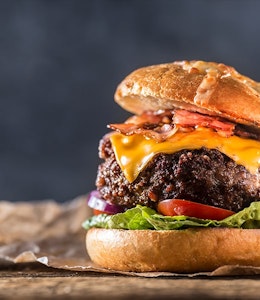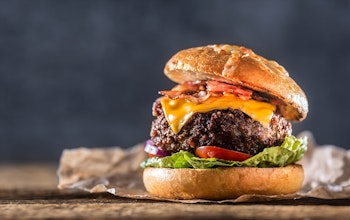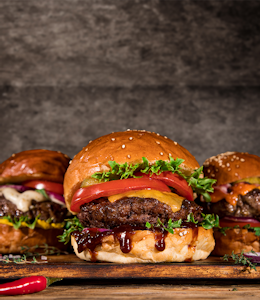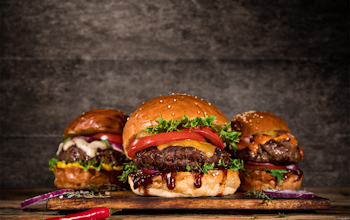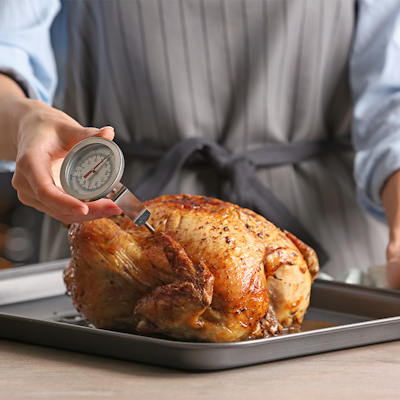Food Safety Cheat sheet: Making and cooking burgers
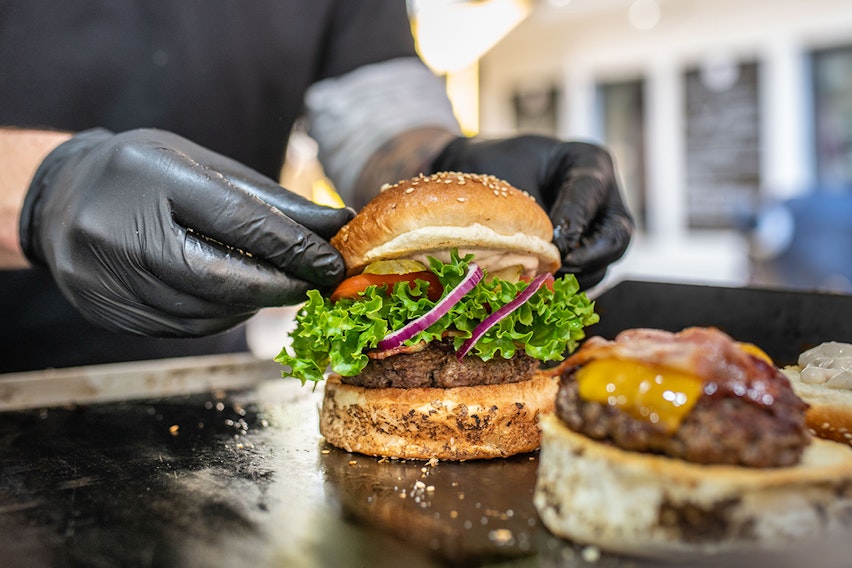
Burgers are a universally loved dish, a hospitality staple, barbecue favourite - and especially popular for summer dining outdoors. Though simple to make and serve, as a meat product they are also prone to food safety pitfalls. So we’ve pulled together this handy list of tips to ensure your burgers are the gold standard both in terms of taste and safety…
Only use meat that has been minced safely to make burgers - ideally this means mincing it as soon as possible, and being sure it has not been not stored or aged for any prolonged period (in order to minimise the potential for the growth of pathogens). The mincing should also be done using temperature control, keeping the temperature of all meat as low as possible to prevent the growth of bacteria.
If you are making your burgers by hand - using minced meat, it’s important that the finished patties are chilled in the fridge for at least an hour before they are taken out and cooked. This is to ensure they hold their shape and don’t fall apart.
Before use, burgers - or the minced meat used to make them - should be kept and stored in the fridge. The fridge should be set to 5 degrees celsius or lower.
You may also be interested in…
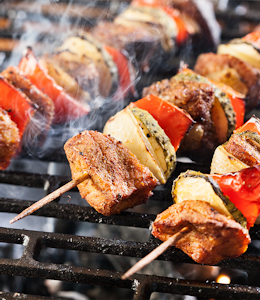
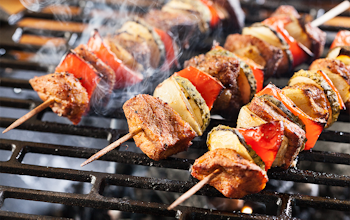
You may also be interested in…
Your Food Safety Cheat Sheet for Summer Dining
ReadIf using frozen burgers - defrost thoroughly before cooking. Cooking burgers that aren’t properly defrosted increases the risk of the burger’s surface over-cooking (or looking properly cooked) whilst the centre is undercooked.
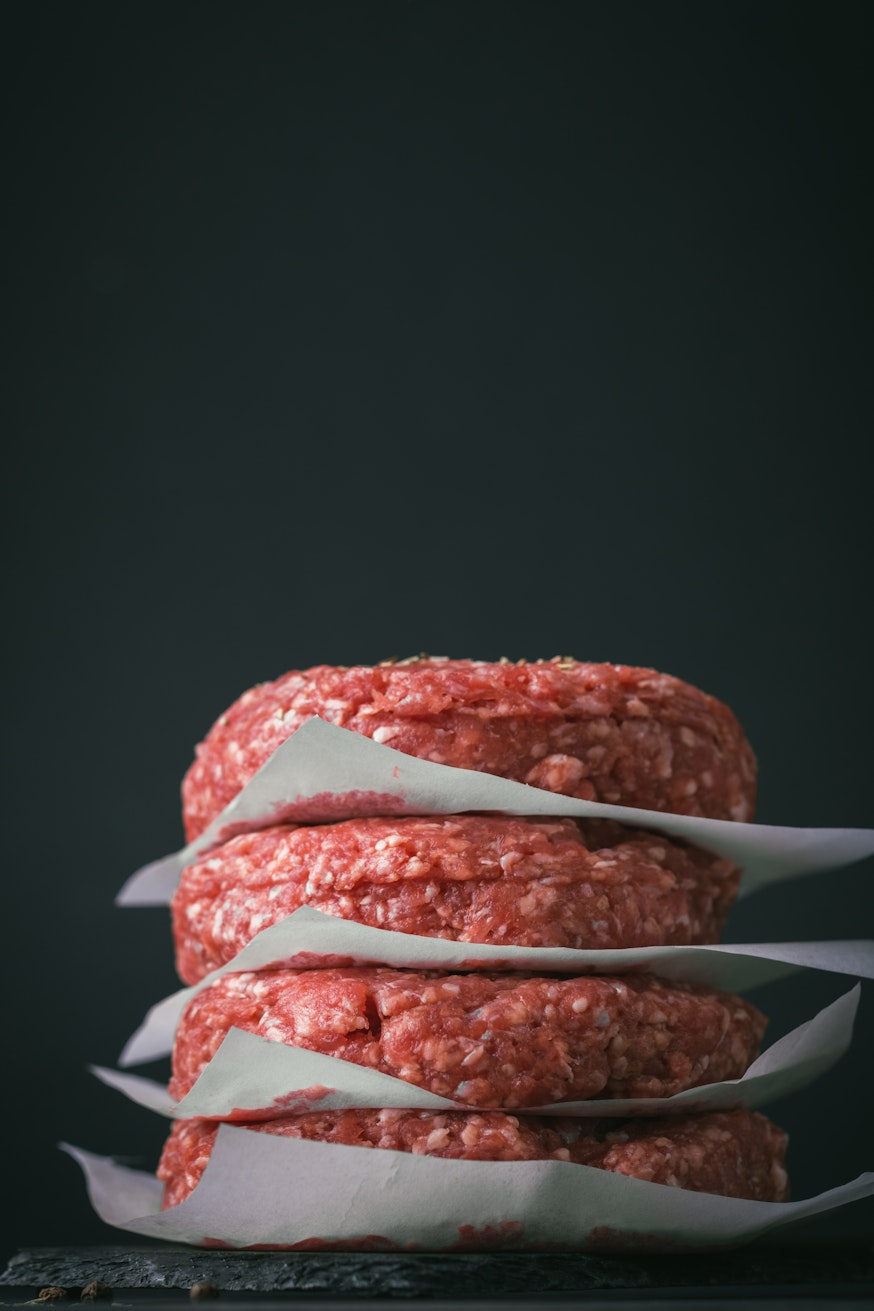
When the burgers are in the fridge they should (like all raw meat) be stored on the bottom shelf to prevent any raw meat juices dripping onto other produce.
Remove your burgers or minced beef from the fridge at the last possible minute when you need to use them - if the cooking instructions or recipe requires the meat to be brought to room temperature, this should not take longer than 30-60 minutes.
Employ basic food safety and hygiene measures before cooking your burgers. These include:
- Washing your hands before handling raw meat
- Use different utensils - such as knives and tongs - for the burgers when they are raw and when they are cooked.
- Putting utensils that have touched raw meat aside after use
- Washing your hands after handling raw meat
Raw burgers should be kept covered when sat out on the kitchen counter or by the grill or barbecue - both to keep them away from flies or insects, and prevent them touching any other food and causing cross-contamination.
If cooking burgers in the oven, be sure to preheat it. Not doing so will risk the burgers being undercooked - as the oven won’t have become sufficiently hot enough to cook them fully for the recommended time.
Not cooking burgers thoroughly is a safety hazard - by serving them too raw or undercooked you increase the risk of them containing harmful bacteria, which, if ingested, can cause food poisoning - such as salmonella and E. coli.
There are several quick and easy checks that you can make to ensure your burgers are sufficiently cooked and ready to serve. These include:
- The heat test - making sure the burgers are steaming hot all the way through
- The colour test - checking to see none of the meat is too pink in the centre of the burger
- The juice test - looking at the juices coming off the burger, which should be running clear
A meat thermometer is invaluable when cooking burgers to order (or preference). The general guide is as follows:
- Rare - 51 degrees celsius
- Medium rare - 57 degrees celsius
- Medium - 62 degrees celsius
- Medium well - 68 degrees celsius
- Well done - 74 degrees celsius
It should be noted that in the UK the Food Standards Agency (FSA) recommends always cooking food to at least 70 degrees celsius to ensure that any harmful bacteria has been killed by heating.
Be aware that if you are making chicken or turkey burgers, they will need to be cooked for longer than beef burgers. The minimum safe temperature for cooked poultry is 74 degrees celsius.
While steaks can be safely served “rare” - so long as it has been sufficiently seared in a hot pan to kill the harmful bacteria on the surface of the raw beef, burgers cannot. This is because a steak is a whole cut of meat, and the bacteria remains on the surface - so it can be killed by searing. A burger is made with minced beef, and during the mincing process the bacteria is spread through the meat and so the bacteria cannot be killed by searing the surface of the burger alone. The burger needs to be cooked enough to kill the bacteria inside.
When reheating burger patties the same rules as when cooking them should apply - it should be heated throughout and steaming.
Cook burgers served on the “rare” side of the scale for longer than well-done burgers, at a lower temperature. This is to ensure that most of the meat is cooked properly, even if the centre is purposely pink.
The Food Standards Agency (FSA) has a PDF documenting the safe production of beef burgers in catering establishments. It includes information such as advice on the sear and shave technique, which helps avoid the contamination of the meat. For example: “One of the better-known approaches to this in a catering setting is a process known commonly as “sear and shave”, which is based on the same principle as cooking whole pieces of steak – searing the outside of the meat to kill bacteria. In this approach, the outside surface of a whole cut of meat is briefly heated to a high temperature (seared) to kill surface bacteria, while the deeper tissues remain raw. The seared surface can then be safely removed (shave) leaving the uncooked meat that can be used to produce lightly cooked/rare products safely. 4.1.2 The sear stage is needed to destroy contamination that might be present on the outer layer of meat. The seared outer layer of meat can then be removed safely and hygienically. Without the sear stage, if the top layer of raw meat is sliced or “shaved” off, there is potential to spread the contamination from the surface meat to the inner parts of the cut of meat. It is also important that FBOs do not pierce the surface of a cut of meat such as by using temperature probes or use utensils to tenderise the meat as this could cause contamination to be pushed into the cut of meat.”
You can find the whole PDF here.
You may also be interested in…
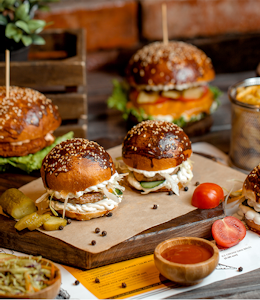
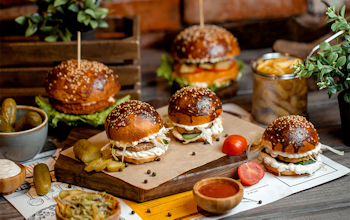
You may also be interested in…
